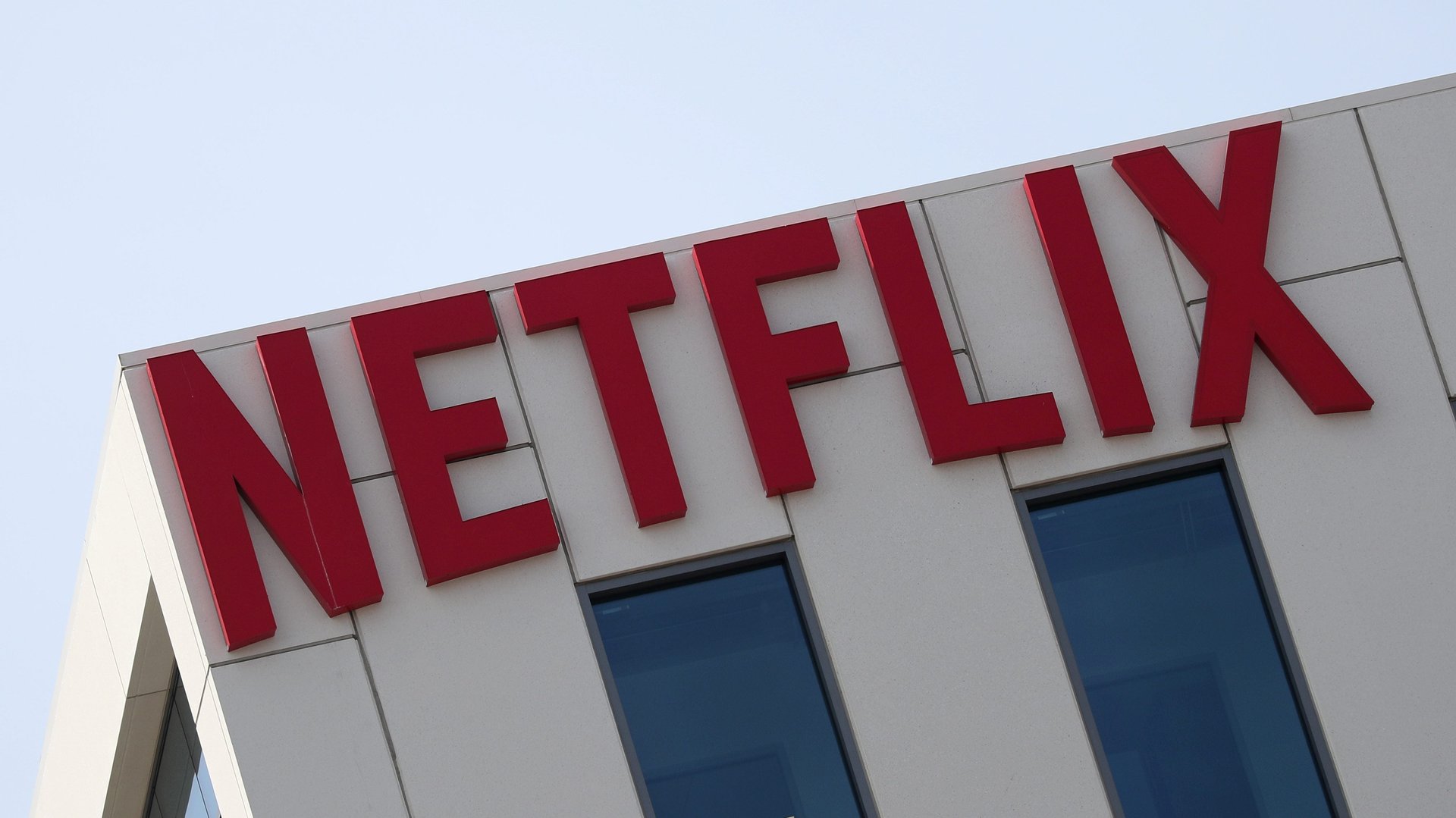For Netflix, being a premium service in India has its perks
Netflix is earning 20 times more money per user than India’s most popular video streaming platform, Hotstar.


Netflix is earning 20 times more money per user than India’s most popular video streaming platform, Hotstar.
As of March 2019, Netflix’s monthly average order value (AOV) in India was Rs640 ($9.36) per customer, or nearly Rs8,000 per annum. In comparison, a Hotstar customer’s AOV stood at Rs376 per annum.
A major reason why Netflix is able to charge significantly higher is that its strategy is skewed towards affluent customers. Since its India launch in January 2016, the over-the-top (OTT) platform has been targeting English-speaking users in India with a penchant for western shows.
“People who subscribe to Netflix are willing to pay the premium. In India there is a market at every price point,” said Aman Kumar, chief business officer at Delhi-based market intelligence firm Kalagato.
Small bite of a big pie
Well-to-do users aren’t restricted to just one entertainment platform. Nearly two-thirds of Netflix viewers subscribe to three or more different streaming services, previous analysis by mobile in-app market research firm Unomer shows.
Still, Netflix is the most expensive OTT service in the country, charging more than double of what local competitors levy. The company did test a Rs250 mobile-only subscription pack in the country—half of the cost of its basic plan—but no official launch is in order yet.
Although Netflix has found takers willing to shell out big bucks, it still captures a small share of the market. For instance, Hotstar has been installed on nearly 46% of the handsets among the million-plus smartphone users studied by Kalagato, whereas Netflix reaches just one in ten users.
In terms of market share, too, the homegrown player with a hybrid subscription model that charges users only for premium content such as HBO’s Game of Thrones, among other things, leads by a long shot.
In the face of such stiff competition, inorganic growth channels become important to the likes of Netflix.
Piggyback ride
Bundled service offerings are a boon for many OTT players, including Netflix.
“Organic growth exists of course, but the objective of partnering with telcos or any other company is to make a service offering more attractive for consumers,” Kalagato’s Kumar said. For some companies, the objective is to induce trial, while for others it is to promote retention, all while enjoying lower customer acquisition costs and more marketing benefits.
In his maiden trip to India in March 2017, Netflix CEO Reed Hastings inked deals with various telcos and direct-to-home (DTH) providers such as Airtel Digital TV, Videocon d2h, and Vodafone—the country’s second largest mobile operator with over 200 million subscribers. Two years on, Airtel rolled out a bundled Netflix service for a limited period of three months to select postpaid users. More recently, Netflix partnered with the OnePlus 7 Pro—the leading premium smartphone brand in India.
Clearly, it’s an industry-wide trend to tap into growth. Reliance Jio bought stakes in and forged partnerships with domestic firms ALTBalaji and ErosNow, opening these platforms to its 280 million users. Airtel and Vodafone have both partnered with Netflix’s American rival Amazon Prime Video.
And with or without pricing hacks, content is still king. “There are some advantages of cross pollination–for example, customer acquisition, product distribution etc.—but price is not the only determinant as consumers want the best content,” said Aman Kumar, chief business officer at Kalagato. So, it’s no surprise that Netflix has an impressive slate of original programming lined up in India.